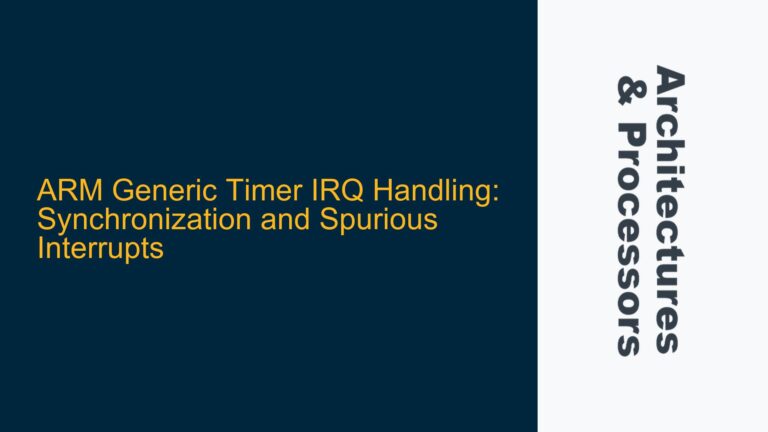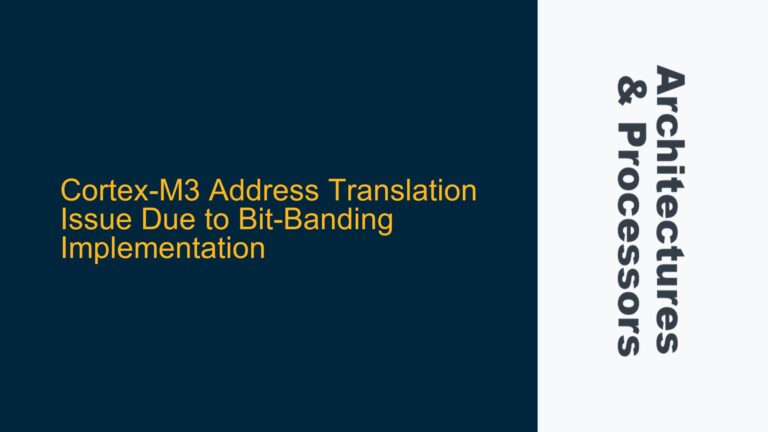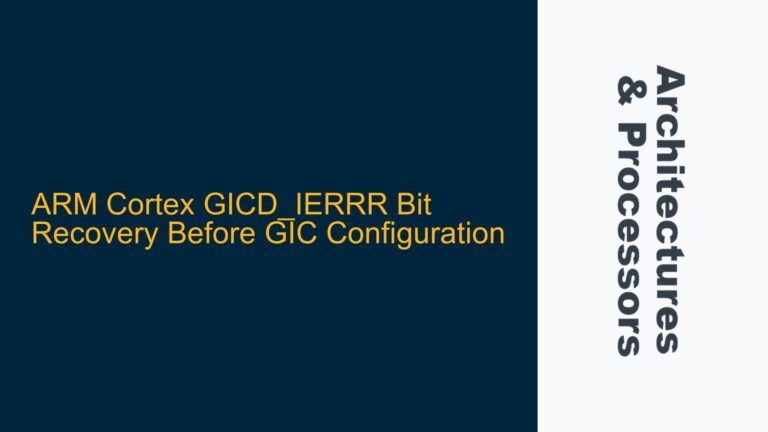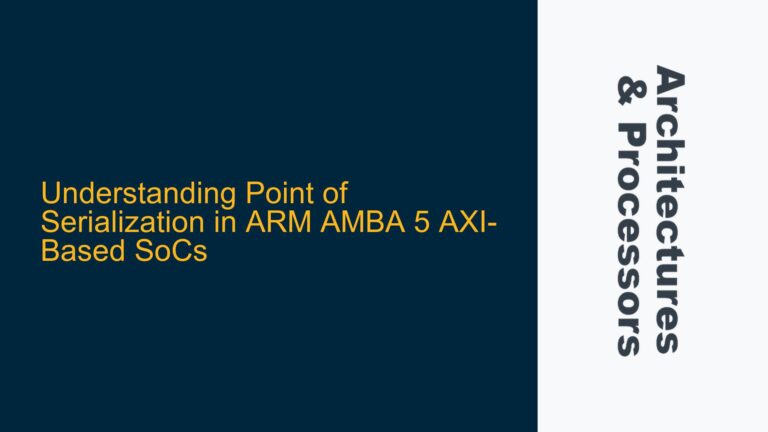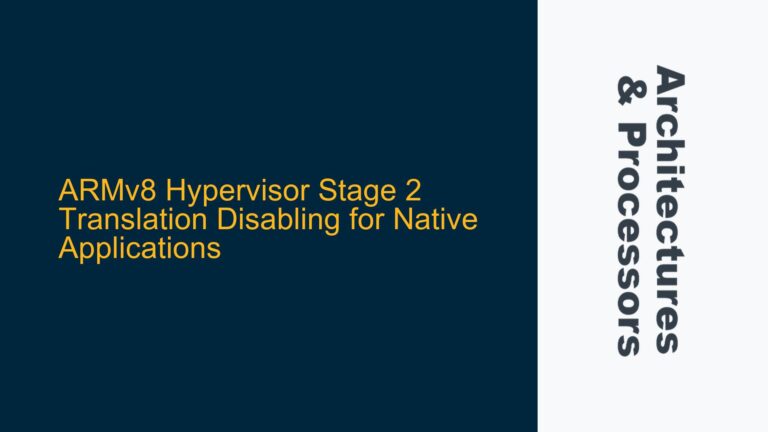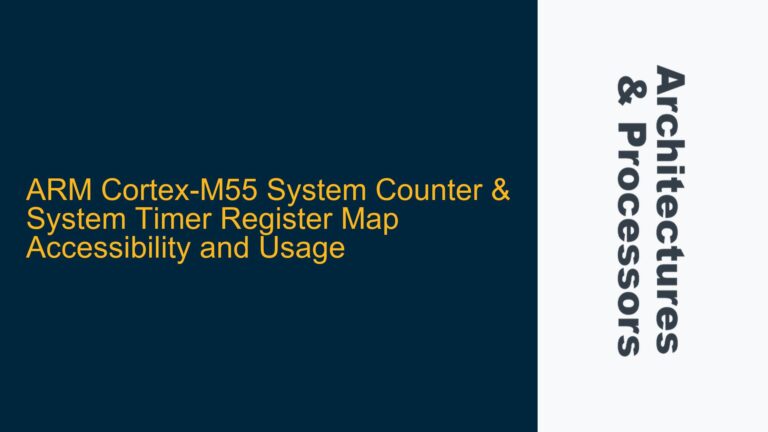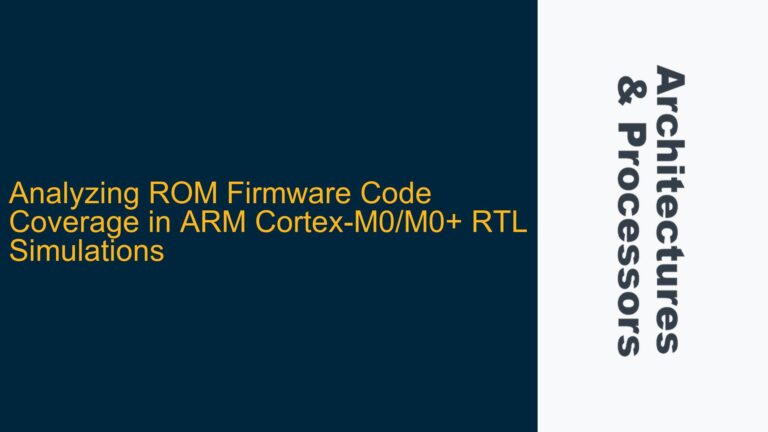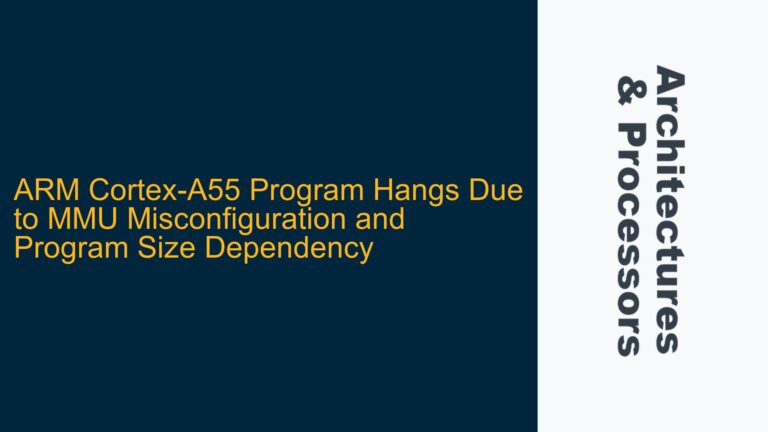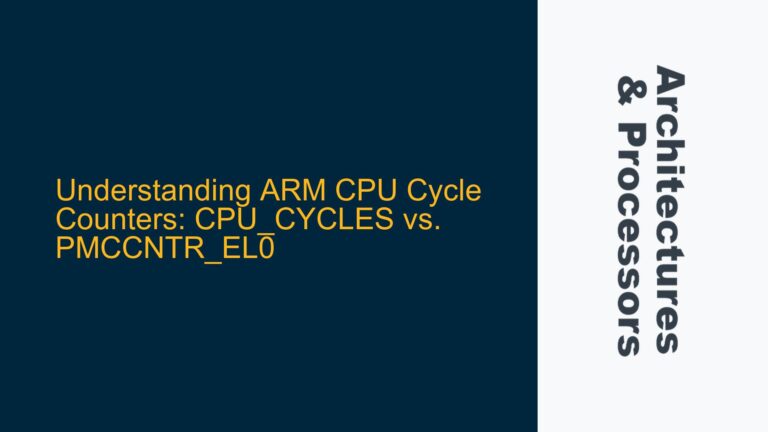ARM Generic Timer IRQ Handling: Synchronization and Spurious Interrupts
ARM Cortex Generic Timer Interrupt Handling and Synchronization Challenges The ARM Generic Timer is a critical component in ARM-based systems, providing precise timing and interrupt generation capabilities. However, its level-sensitive interrupt behavior introduces subtle synchronization challenges, particularly when dealing with the Generic Interrupt Controller (GIC) and the deactivation of timer interrupts. The core issue revolves…
